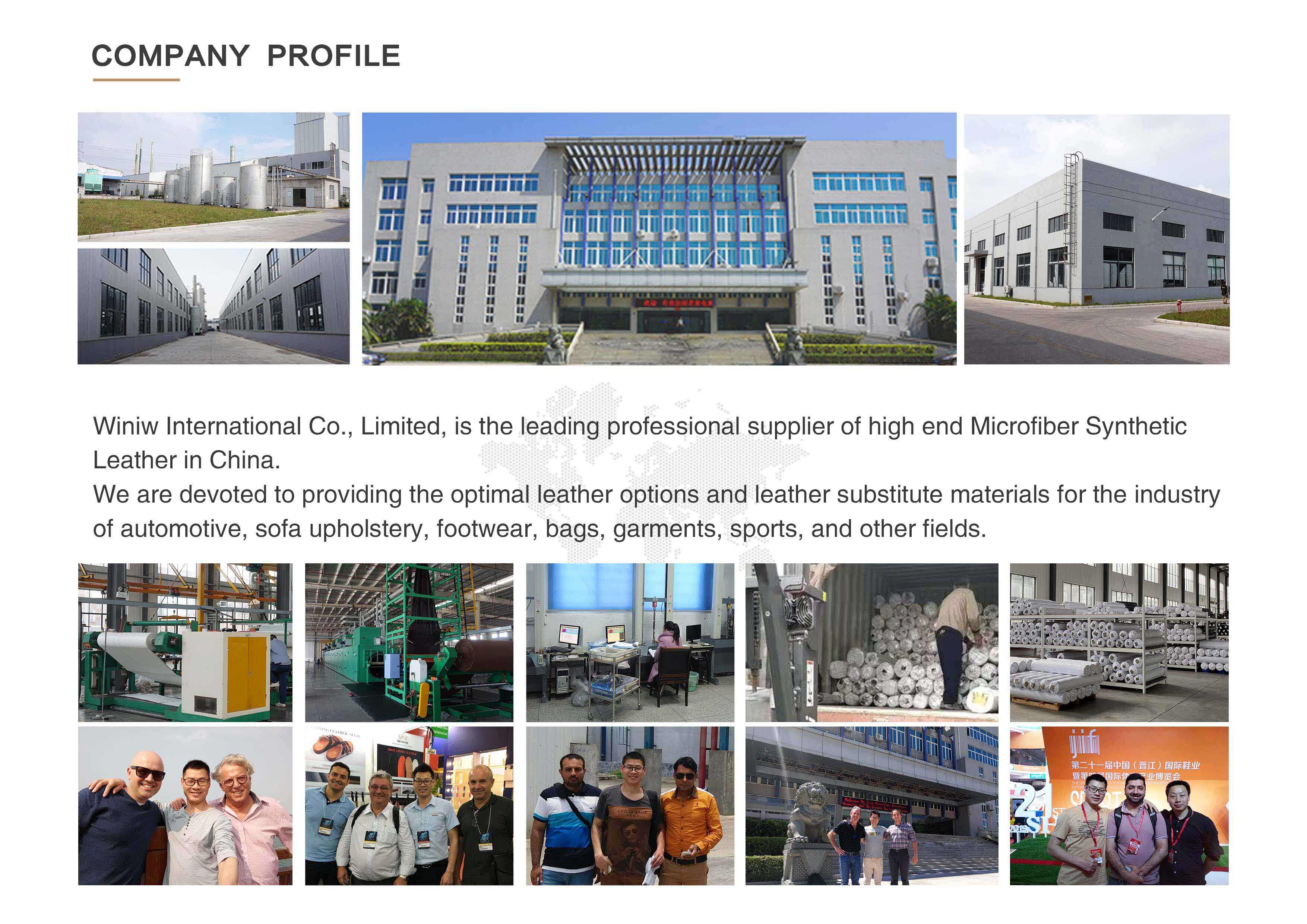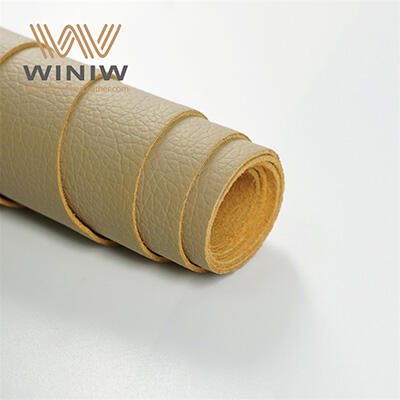В постоянно развиващия се свят на модата, материалите играят ключова роля при определяне на тенденциите, дълговечността и устойчивостта. Сред различните налични опции, изкуствената кожа, често наричана и фалшиво кожа или струнена кожа , стана значим участник. Но доколко е устойчива изкуствената кожа в модната индустрия и какво означава това за потребителите и околната среда?

За начало, изкуствената кожа е хуман-създаден материал, проектиран да имитира външния вид и, в много случаи, текстурата на истинската кожа. Типично той включва материали като PU (полиуретан), PVC (полихлорвинил) и микровлакна кожа. Всякакъв тип има свои уникални свойства и приложения в модния и производствен сектор.
Аспекти на устойчивостта
-
Екологичен след : В противоположност на истинския кожен материал, който се получава от животински кожи и включва процеси, които могат да имат значителни екологични последствия, изкуственият кожзам не предполага нанасяне на шкоди на животните. Освен това, производството на синтетичен кожен материал често изисква по-малко енергия и произвежда по-малко парникови газове в сравнение с традиционните процеси за дърване на кожа.
-
Ефективност на ресурсите : Струнена кожа може да се прави от химикали на базата на нефть или рециклирани материали, като пластмасови бутилки и odpадъчни ткани. Чрез използването на рециклирани материали, изкуственият кожзам допринася за намаляване на отпадъците и запазване на природните ресурси.
-
Издръжливост и дълголетие : Прочността на изкуствения кожзам може да варира в зависимост от качеството и производствения процес, много продукти от синтетичен кожен материал са проектирани да бъдат продължителни и устойчиви към износ и разцепяване. Това удължава жизнения цикъл на модни стоки, намалява честотата на изхвърлянето и насърчава по-циркулярна икономика.
-
Използване на химикали : Важно е обаче да се отбележи, че производството на изкуствена кожа може да включва определени химикали, които могат да имат негативно въздействие върху околната среда и здравето, ако не бъдат правилно управлени. Това подчертава необходимостта от отговорни практики при производството и строги правила, за да се гарантира безопасността както на работниците, така и на околната среда.
Перспектива на потребителите
За потребителите, изкуствената кожа предлага многофункционална и етична алтернатива на истинската кожа. Тя позволява на модните ентусиасти да приемат стилове, които имитират роскоша на кожата, без да компрометират стойностите си или да допринасят за експлоатацията на животни. Освен това, синтетичната кожа често се предлагат по по-достъпни цени, което прави висококачествените и модни опции достъпни за по-широк публичен кръг.
Тенденции в индустрията
Като модната индустрия все повече приоритизира устойчивостта, изкуственият кожзам набира популярност като валиден и отговорен избор на материал. Марките и дизайнерите приемат синтетичния кожзам за създаване на иновативни и еко-свъстни колекции, които резонират с потребители, които са свъстни за своя екологичен след.
В заключение, изкуственият кожзам представя убедителен случай за устойчивост в модната индустрия. Като предлага траевен, етичен и често по-евтин алтернативен вариант на истинския кожзам, струнена кожа приднося към намаляване на екологичните последици, насърчаване на ефективността на ресурсите и удовлетворяване на растящият спрос за осъзнани форми на потребителство. Докато индустрията продължава да се развива, ролята на изкуствения кожзам в формирането на по-устойчиво бъдеще за модата става все по-значима.


 EN
EN








































